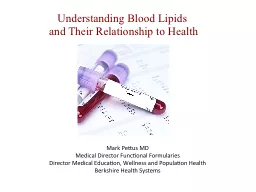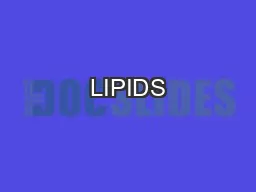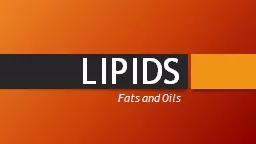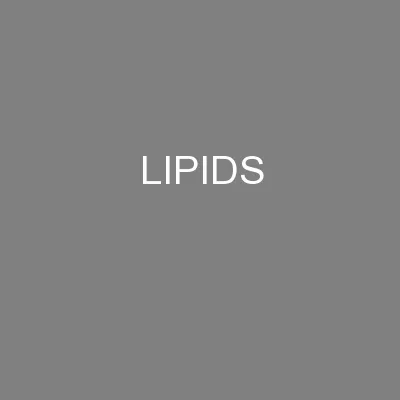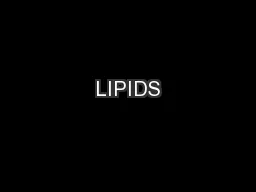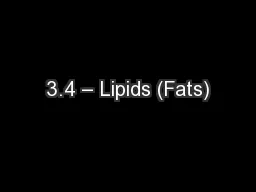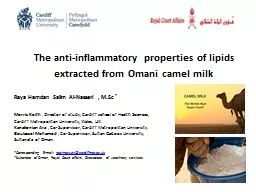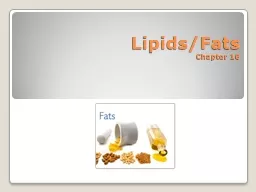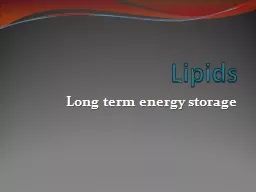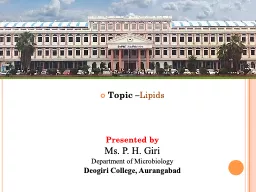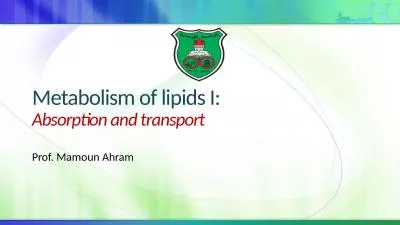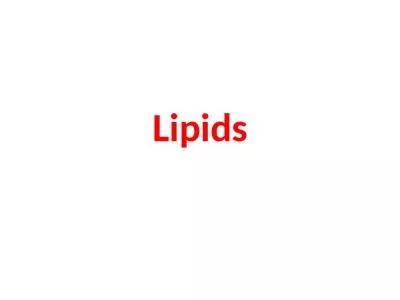PPT-Understanding Blood Lipids
Author : myesha-ticknor | Published Date : 2018-02-24
and Their Relationship to Health Mark Pettus MD Medical Director Functional Formularies Director Medical Education Wellness and Population Health Berkshire H ealth
Presentation Embed Code
Download Presentation
Download Presentation The PPT/PDF document "Understanding Blood Lipids" is the property of its rightful owner. Permission is granted to download and print the materials on this website for personal, non-commercial use only, and to display it on your personal computer provided you do not modify the materials and that you retain all copyright notices contained in the materials. By downloading content from our website, you accept the terms of this agreement.
Understanding Blood Lipids: Transcript
Download Rules Of Document
"Understanding Blood Lipids"The content belongs to its owner. You may download and print it for personal use, without modification, and keep all copyright notices. By downloading, you agree to these terms.
Related Documents

